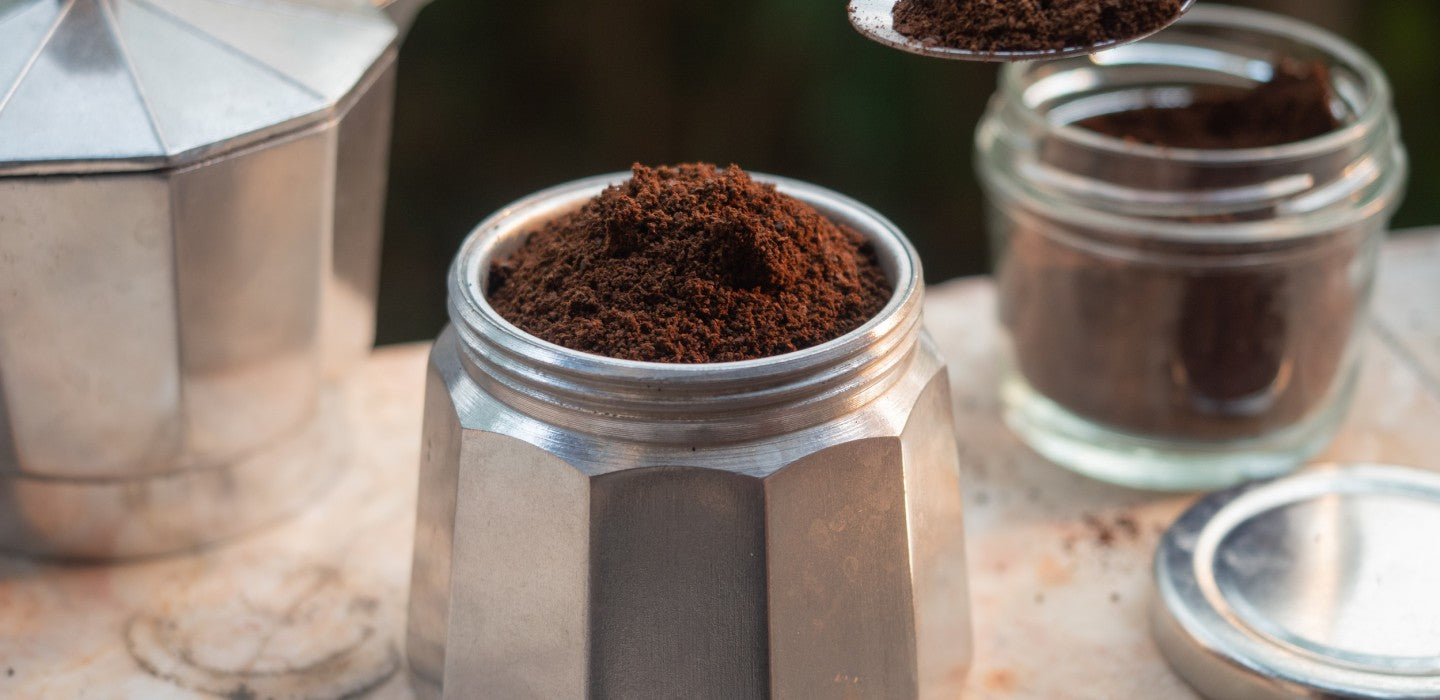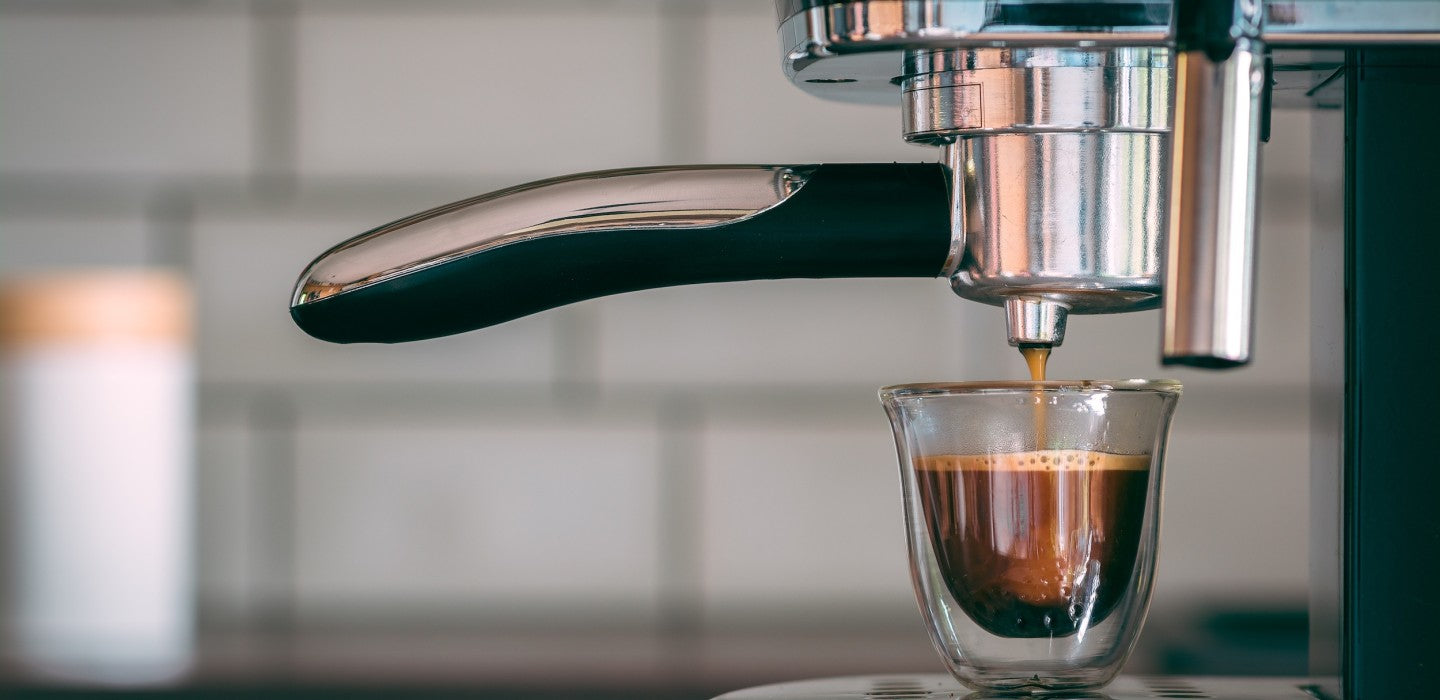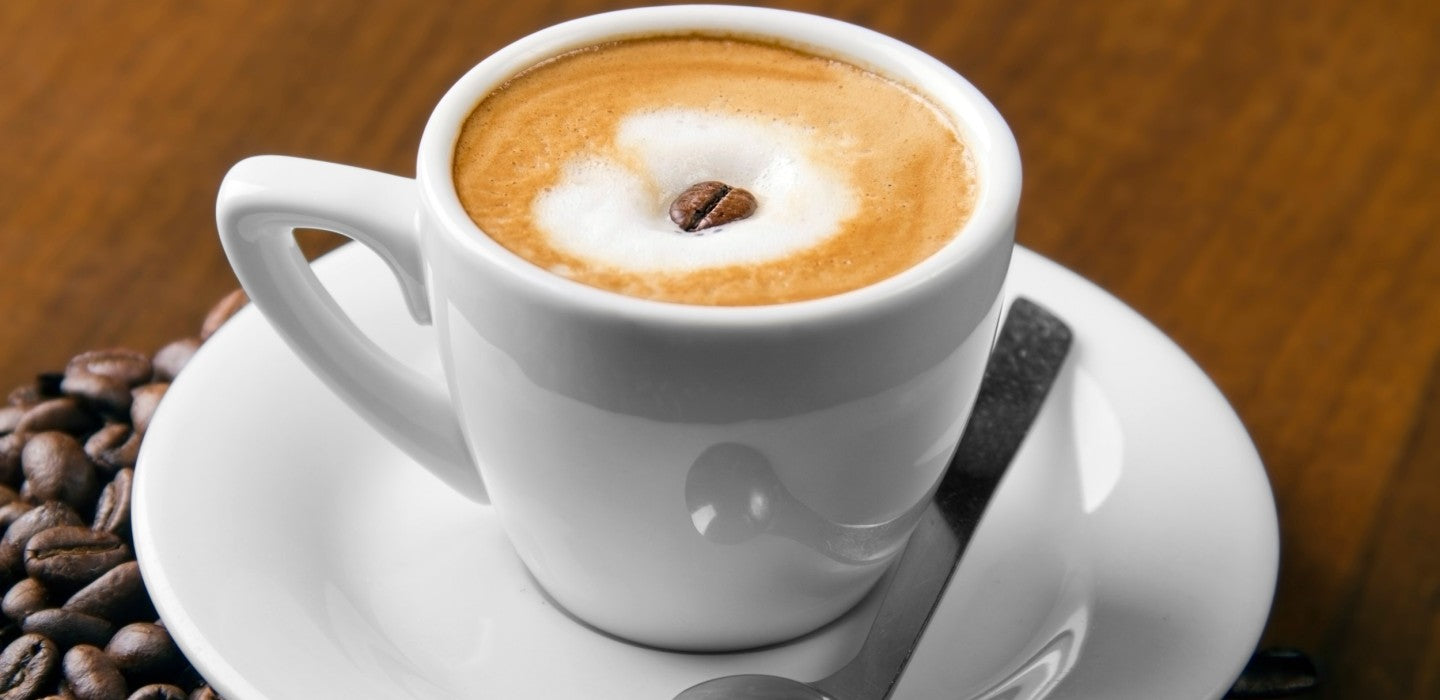Creating Exquisite Espresso without a Machine
Consuming rich, intense espresso at the end of a fantastic meal embodies a delightful culinary tradition. Now, imagine being able to replicate this delectable experience at home without the need for a specialized espresso machine. This brings us to the heart of our topic today - how to prepare a mind-blow espresso without a machine. Yes, it's possible, and we are here to walk you through step-by-step.
In this article, we'll travel back in time to explore the origins of espresso, delve into the characteristics that make it so special, guide you through the process of crafting espresso via traditional espresso makers also known as Moka pots, and even share a method of how to do it without Moka. We'll also touch upon the quintessential component: the 'Crema,' and discuss why brewing espresso without a machine could be a good idea.
The Origin and Distinctiveness of Espresso: A Walk Down Memory Lane
While coffee cultivation has been common since the 6th century, particularly in Arabic regions, the concept of 'Espresso,' as we know it today, took its genesis around the mid-19th century. The term 'Espresso,' often spelled with 'X' in some regions, originated from the process of pressing hot water through finely ground coffee under immense pressure. This method allowed for rapid brewing; hence, 'Espresso' translating to 'quick in time'.
The commercial espresso machines hit the global markets around 1901, thanks to an Italian company. Another milestone in the timeline of espresso was noted in 1938 when the patent for a 'Crema' was registered.
Espresso beans undergo a unique process before they can be brewed. They're essentially the same sort of beans used in traditional coffee, but what sets them apart is the roasting process. Espresso beans need to be roasted darker and longer, achieving an even roast after about 20 minutes.
Brewing Espresso without a Machine: A Step-by-Step Guide
1. Espresso with a Moka Pot: A Traditional Italian Method
A Moka pot, also known as a stovetop espresso maker, is the traditional way of making espresso. This method is widely popular in Italy due to its simplicity and the aroma that wafts through the room when the Moka goes to work. Below are the steps to get you brewing:
- Start with a fine grind for your coffee beans, ideally 0.3 to 0.4 millimeters in size.
- Heat your water separately before adding it to your Moka pot.
- Fill the filter basket with your ground coffee, levelling it off once filled.
- Attach the upper part of the pot.
- Put your Moka pot on the stove. As soon as it starts to gurgle - signaling that the water has completed its journey from the lower chamber to the upper one - remove from heat.
2. Brewing without a Moka Pot
If an espresso requires a minimum pressure of 9 bars during extraction, how can one even attempt to brew at home without acquiring this pressure through a machine or a Moka pot? This may lead us to an ordinary coffee, instead of a traditional espresso. However, there's a simple workaround for you:
- Place a coffee filter over a coffee pot.
- Slightly moisten the filter with hot water.
- Now, introduce your espresso ground coffee to the filter, dampen it once more.
- Finally, pour the remaining water to initiate the brewing process.
Craft your Perfect Crema
An espresso isn't complete without the signature 'Crema.' If you don't have the necessary equipment for producing the iconic frothy layer, you can create an alternative by mixing a couple of drops of coffee with sugar until achieving a thick consistency. Adding this mixture to your brewed espresso can compensate for the lack of a natural crema.
Weighing the Advantages of Brewing Espresso without a Machine
The most apparent advantage of brewing espresso without a machine is the significantly diminished financial burden. Also, the maintenance and cleanliness effort required is much lower compared to fully automatic espresso machines which need frequent cleaning, particularly if milk is involved in your beverages. Additionally, brewing espresso manually takes up less space and can be easily done even when travelling.
In conclusion, it is indeed possible to indulge in an intense, velvety espresso without splurging on an espresso machine. All you require is carefully selected coffee, adequate heat, patience, and meticulousness trials until you find your perfect brew. With these methods and tips in your repertoire, we hope to have given you a comprehensive grasp of creating exotic espresso from the comfort of your home without a machine. So, why wait? It's time to take your love for coffee to the next level, exude your creativity, and orchestrate your very own espresso symphony.



Leave a comment
This site is protected by hCaptcha and the hCaptcha Privacy Policy and Terms of Service apply.